#julie cocq
Explore tagged Tumblr posts
Text
vimeo
🎬 Vagabond Mutant Liquid, a short film by Toby Stretch for Off The Air S05E01: Liquid
🎵 Great River Road by Zach Schimpf
#film#short film#animation#toby stretch#dave hughes#cody dematteis#alan steadman#natalye barrios#karen mahoney#duncan smith#david gillespie#todd crawford#jay tesla#eamon defabbia kane#music#zach schimpf#julie cocq#caleb klingler#spencer mcdole#michael butler#mitchel shipton#short#Vimeo
36 notes
·
View notes
Text
Zooming in on a Rembrandt painting. "The Night Watch" was painted in 1642. 🖌️
A visual thread. 🧵👇

The Night Watch or The Militia Company of Captain Frans Banning Cocq (1642), an oil on canvas portrait now housed in Rijksmuseum






Rembrandt Harmenszoon van Rijn (15 July 1606 – 4 October 1669), usually simply known as Rembrandt, was a Dutch Golden Age painter, printmaker, and draughtsman.
He is generally considered one of the greatest visual artists in the history of art.
#Rembrandt#The Night Watch#The Militia Company of Captain Frans Banning Cocq (1642)#oil on canvas#painting#Dutch Golden Age#visual artist#art history#Rembrandt Harmenszoon van Rijn #Rijksmuseum#visual arts
23 notes
·
View notes
Note
[ID: screenshots of various book covers. The titles and authors of these books are listed down below:
Far off Metal River, by Emilie Cameron
Under Osman’s Tree, by Alan Mikhail
Ranching, Endangered Species, and Urbanization in the Southwest, by Nathan Freeman Sayre
Do Glaciers Listen? by Julie Cruikshank
Wetlands in a Dry Land, by Emily O’Gorman
Demonic Grounds: Black Women and the Cartographies of Struggle, by Katherine McKittrick
Plant Horror: Approaches to the Monstrous Vegetal in Fiction and Film, edited by Dawn Keetley and Angela Tenga
The Death of Asylum: Hidden Geographies of the Enforcement Archipelago, by Alison Mountz
Shells on a Desert Shore, by Cathy Moser Marlett
Colonial Cataclysms, Bradley Skopyk
Animal Places, edited by Jacob Bull, Tora Holmberg, and Cecilia Asberg
Pests in the City, by Dawn Day Biehler
Saguaro Cactus, by David Yetman, Alberto Burquez, Kevin Hultine, and Michael Sanderson
Seeds of Control, by David Fedman
Wastelanding, by Traci Brynne Voyles
The Lost Land of Lemuria, by Sumathi Ramaswamy
Hinterland, by Phil A. Neel
The Tanoak Tree, by Frederica Bowcutt
Ghostly Matters, by Avery F. Gordon
Sweetness and Power, by Sidney W. Mintz
Imperial San Francisco, by Gray Brechin
Rubber and the Making of Vietnam, by Michitake Aso
Caribbean Literature and the Environment, edited by Elizabeth M. DeLoughrey, Renee K. Gosson, and George B. Handley
Braiding Sweetgrass, by Robin Wall Kimmerer
Prison Land, by Bretty Story
The Fairy Faith in Celtic Countries, by W. Y. Evans-Wentz
Contemporary Archipelagic Thinking, edited by Michelle Stephens and Yolanda Martinez-San Miguel
The Great Cacti, by David Yetman
Law and Disorder in the Postcolony, edited by Jean Comaroff and John L. Comaroff
Big Water, edited by Jacob Blanc and Frederico Freitas
Vita: Life in a Zone of Social Abandonment, by Joao Biehl
Obeah and Other Powers, by Maarit Forde, edited by Diana Paton
Sami Media and Indigenous Agency in the Arctic North, by Coppelie Cocq and Thomas A. Dubois
Consuming Ivory, by Alexandra Celia Kelly
Landscapes of Fear, by Yi-Fu Tuan
Inland Fishes of the Greater Southwest, by W. L. Minckley and Paul C. Marsh
The Animal in Ottoman Egypt, by Alan Mikhail
The Extractive Zone, by Macarena Gomez-Barris
The Platypus and the Mermaid, by Harriet Ritvo
An Ecology of Knowledge, by Micha Rahder
Decoloninzing “Prehistory”, edited by Gesa Mackenthun and Christen Mucher
Gothic Animals, edited by Ruth Heholt and Melissa Edmundson
Tropical Freedom, by Ikuko Asaka
Radical Botany, by Natania Meeker and Antonia Szabari
Centering Animals in Latin American History, edited by Martha Few and Seb Tortorici
Unfreezing the Arctic, by Andrew Stuhl
Trash Animals, edited by Kelsi Nagy and Phillip David Johnson III
Singing the Turtles to Sea, by Gary Paul Nabhan
Images of Animals, by Eileen Crist
The Earth on Show, by Ralph O-Connor
No Species Is an Island, by Theodore H. Fleming
Walking the Clouds, edited by Grace L. Dillon
Non-places, by Marc Auge
Imperial Debris, edited by Ann Laura Stoler
The Herds Shot Round the World, by Rebecca J. H. Woods
The Retreat of the Elephants, by Mark Elvin
Implosions/Explosions, edited by Neil Brenner
We are the Ocean, by Epeli Hau’ofa
Green Imperialism, by Richard H. Grove
Gathering Moss, by Robin Wall Kimmerer
Tidalectics, edited by Stefanie Hessler
Mountain Islands and Desert Seas, by Frederick R. Ghelbach
A Billion Black Anthropecenes or None, by Kathryn Yusoff
Arts of Living on a Damaged Planet, edited by Anna Tsing, Heather Swanson, Elaine Gan, Nils Bubandt
Environments of Empire, edited by Ulrike Kirchberger and Brett M Bennett
Reptiles of the Northwest, by Alan St. John
Whale Show, by Chie Sakakibara
The Mushroom at the End of the World, by Anna Lowenhaupt Tsing
End ID]
do you have any book recommendations about geography/ecology?
hello. hmm, sure. thanks for trusting me enough to ask; don’t trust me too much, though. i'm always learning and criticizing my past/previous perspectives, but there are still some "classic" books that i'd recommend. something i say often, though: i actually spend much more time reading essays and journal articles, rather than full-length books (especially since so much of the best decolonial viewpoints, Indigenous and non-Western perspectives, and newer/fresher geographical thought and "critical geography" takes are being actively revised/discussed in these newer forums without having to appease popular or profit-oriented press/publishing companies).
the subjects that i read about: human relationships with other-than-human creatures; extinction; environmental history of empires, imperialism, colonization; traditional ecological knowledge; resistance, fugitivity, and carceral geography; eerie, weird, and uncanny ecology; regional geography, specific microhabitats, endemic species; Anthropocene, Capitalocene, Plantationocene; ruins, ruination, haunting, trauma, and emotional geography; reptiles/amphibians; temperate rainforest and deserts; Pleistocene fauna and Paleolithic/ancient anthropogenic environmental change; islands, the sea, Oceanic worldviews, archipelagic thinking, solidarity across islands/regions; frontiers, borderlands, hinterlands, sacrifice zones, wastelanding, social abandonment, and extraction zones; Indigenous geography/ontology; decolonization
generally, i don't distinguish much of a difference between the subjects of geography/ecology -- or human and other-than-human environments -- since lifeforms and places and (cosmo)politics are all so entangled. anyway, here are some books involving a bit more geography and human ecology (the last time i was asked for recommendations, i focused a bit more on ecology and other-than-human environments, which i'll also re-post below these newer recs):

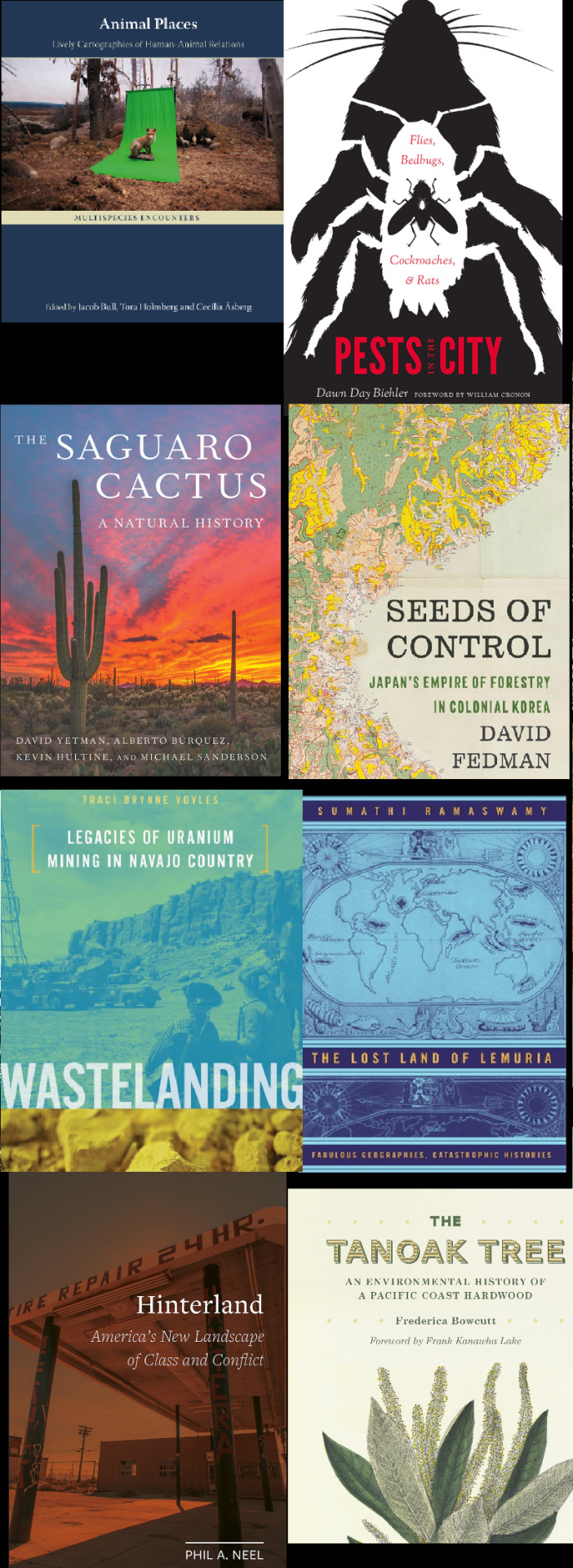


and then, i'll say again that essays and journal articles are often a great source for some of my favorite authors (though of course none of them are perfect; they can be problematique in their own ways): Lizabeth Paravisini-Gebert; Elizabeth DeLoughrey; Paulo Tavares; Anna Boswell; Achille Mbembe; Hugo Reinert; Tim Edensor; Anna Tsing; Frantz Fanon; Robin Wall Kimmerer; Kyle Whyte; Kathryn Yusoff; Iyko Day; Audra Simpson; Ann Laura Stoler; Pedro Neves Marques
so here are the books i've previously recommended:
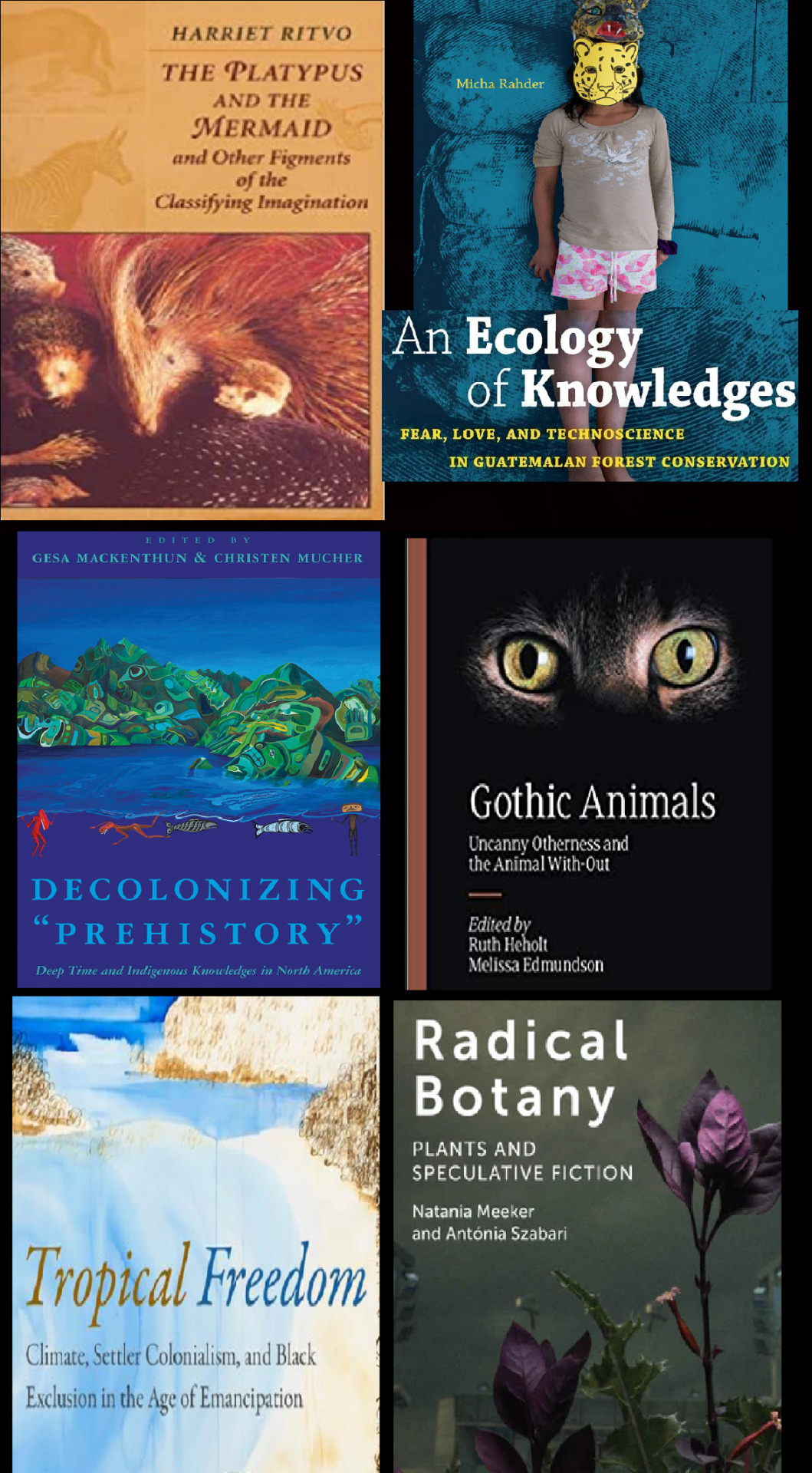
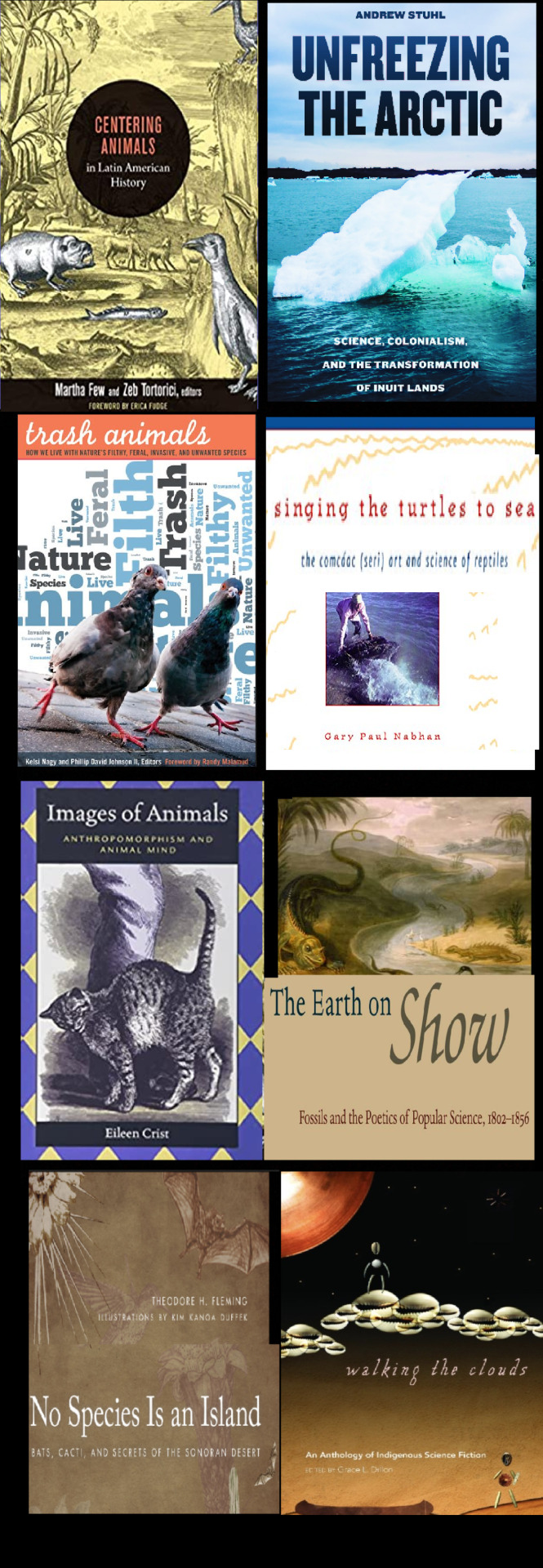
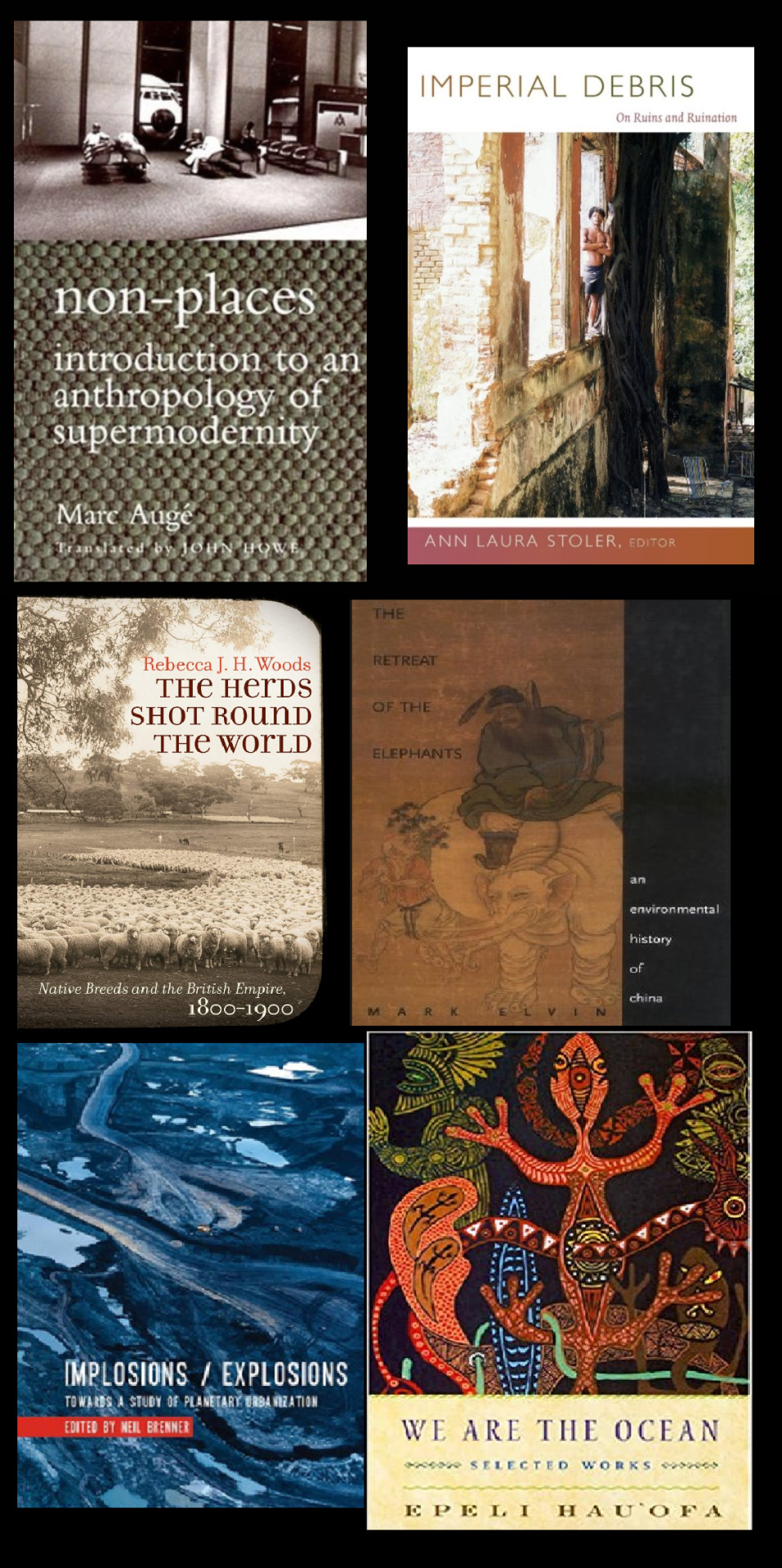
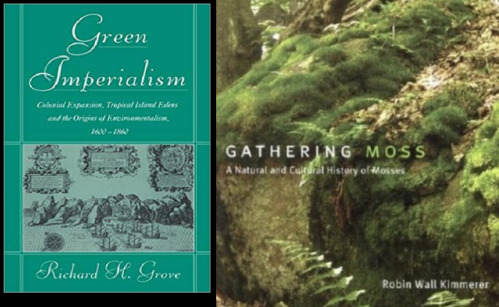
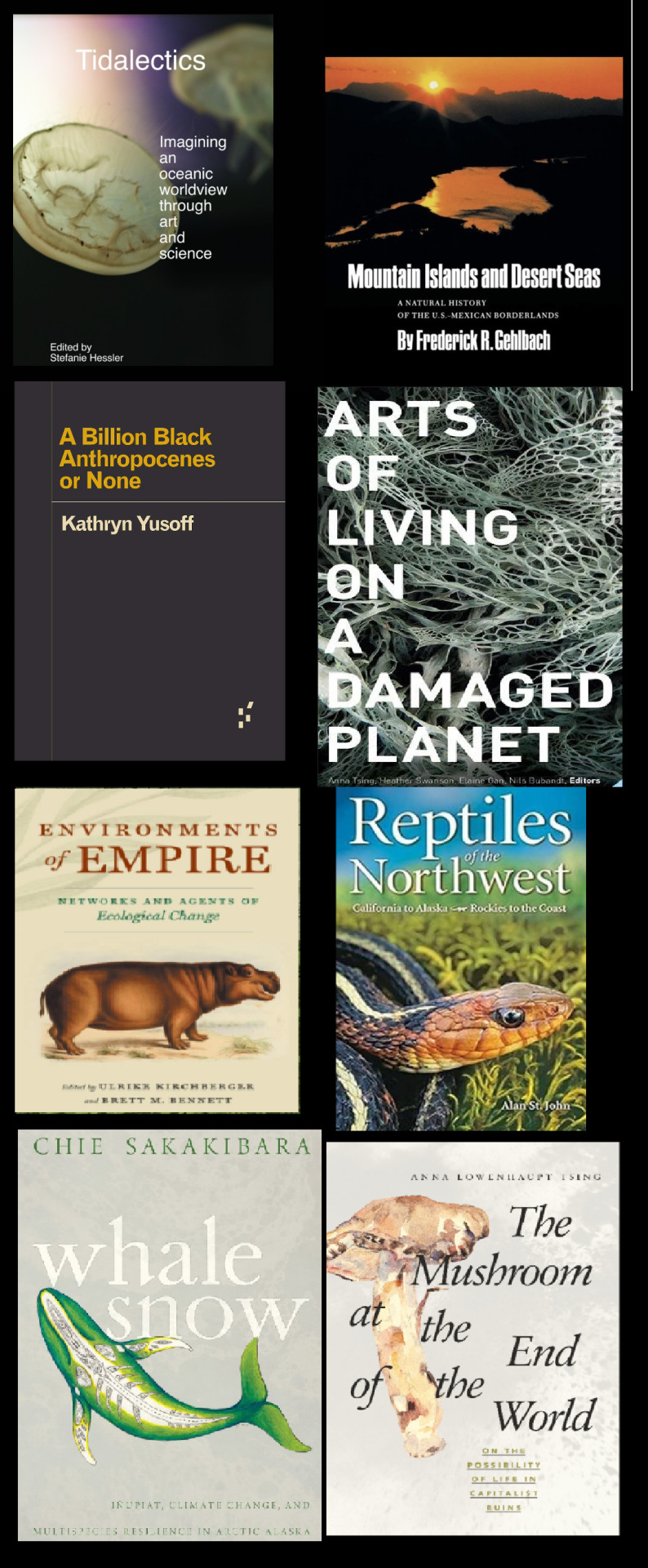
hope some of these are interesting.
1K notes
·
View notes
Text
0 notes
Text
Rembrandt’s Cyclops
So important is Rembrandt van Rijn’s Militia Company of District II under the Command of Captain Frans Bannick Cocq aka The Night Watch to Amsterdam’s Rijkmuseum that the authorities are proposing from July to restore it under public gaze, a curious form of watching paint dry. Completed in 1642, it is a colossal piece and rightly considered to be one of the painter’s finest works.
Commissioned…
View On WordPress
#Claudius Civilis#Govert Flinck#Jurgen Ovens#Rembrandt#Rembrandt : The Late Works#Rijksmuseum#Stockholm&039;s Nationalmuseum#Tacitus#the Batavi#The Conspiracy of the Batavians under Claudius Civilis#The National Gallery#The Night Watch
0 notes
Text
RT @bcocq: Les quatre dimensions des bibliothèques https://t.co/c3xddgYrSX @franckbodin @sylviabozan @chcaron80 @SICARTB @davidcohenartpl et les autres...
Les quatre dimensions des bibliothèques https://t.co/c3xddgYrSX @franckbodin @sylviabozan @chcaron80 @SICARTB @davidcohenartpl et les autres...
— Bertrand Cocq (@bcocq) July 6, 2019
bertrandformetJuly 06, 2019 at 09:26AM
0 notes
Link
Share
Post on facebook wall
Share on twitter
Share via Email
Pin to Pinterest
Share on Google Plus
Should you ever find yourself challenged as you loiter in Amsterdam's famous red light district, here's a valid excuse. Explain you're searching for the houses where Rembrandt van Rijn lived, here in the city's piquant canal quarter. Only one abode has survived, Museum Het Rembrandthuis, or Rembrandt House Museum.
And expect that it, like every other Rembrandt site in Amsterdam, will be well-booked during 2019, "The Year of Rembrandt" since it's the 350th anniversary of the painter's death.
Thanks to new technology, we're able to enjoy "old masters" like never before. Not just audio guides and digital downloads but the kind of ultra-sensitive lighting that enables Holland's national museum of art and history, the Rijksmuseum, to show every one of its Rembrandt collection – 22 paintings, 60 drawings and more than 300 prints – together for the first time (until June 10, 2019).
From July, the Rijksmuseum will also be the focus of one of the most extraordinary projects in art history. Rembrandt's most famous work, The Night Watch, will undergo its first restoration since it was slashed in 1975 with a bread knife. During the restoration, the huge painting will be encased in a glass chamber allowing visitors to still admire the painting while digital viewers around the world can follow the painstaking restoration.
No-one would be more surprised by The Night Watch's enduring fame than Rembrandt. Like Mozart, he was buried in a pauper's grave despite previous celebrity and royal adoration. But unlike well-travelled Mozart, the Dutchman rarely ventured outside Amsterdam.
So the cheapest way of learning about arguably the most influential artist between Leonardo da Vinci and Pablo Picasso is to take a self-guided "Rembrandt walk" around the Amsterdam he might still recognise.
Our starting point is the Rembrandt House Museum on Jodenbreestraat. The artist and his wife, Saskia, moved here in 1639, at the height of Rembrandt's fame and financial success. It's a substantial wooden house. And though it's in the heart of historical Amsterdam, it was just a couple of canals from the fields where the artist took his sketchbooks to draw.
Saskia and Rembrandt were engaged at the Oude Kerk in 1633. Nine years later, she was buried there, aged 29, having given birth to four children. Each daughter died in infancy and they are buried at another of Amsterdam's famous churches, Zuiderkerk (the first Protestant church build after the expulsion of the Catholic clergy in 1578). Only their son Titus, born in 1641, lived until adulthood and he died before his father. For the latter part of his life, Rembrandt lived with his former maid, Hendrickje Stoffels, mother of their daughter, Cornelia.
At the Rembrandt House Museum you'll discover how prodigious, famous and wealthy Rembrandt was in his prime. Yet he went bankrupt, moving to cheaper accommodation. It's not hard to work out why. His private collection, now reassembled, consists of things a wealthy, educated royal might amass, charging to the public purse.
Advertisement
Once you've finished in the museum and purchased the self-guided walk booklet, turn left and cross Oude Schans, one of Amsterdam's oldest canals, to 59 Anthoniebreestraat. It's now a nondescript apartment block. But for six months in 1625, young Rembrandt, newly arrived from his birthplace of Leiden, was apprenticed to the painter Pieter Lastman who lived here. Lastman was highly regarded for his "history paintings", scenes from the Bible and classical mythology, a constant theme in Rembrandt's own work.
My favourites on the walk include Zuiderkerk ("southern church"). Its dominating tower, finished in 1614, remains much as it was when Rembrandt woke up to its four bells ringing each month. And how could you not love the social hub that is still Nieuwmarkt, anchored by De Waag? This multi-towered, multi-entranced and multi-purpose "weigh house" is where the young Rembrandt was invited to paint his breakthrough canvas, The Anatomy Lesson of Dr Nicolaes Tulp.
Then there's the site, now a hotel, where Rembrandt was commissioned by "the Company of Captain Frans Banning Cocq and Lieutenant Willem van Ruytenburch"? Don't recognise their names? They were the officers of what we'd now call a ceremonial civil guard. They became The Night Watch, by mistake, because Rembrandt's colours darkened over the centuries. So who knows what this year's analysis will bring?
One thing is sure. The circular walking tour will bring you back to Oude Schans. Rembrandt Corner, the restaurant overlooking the canal and next to Rembrandt House Museum, is an unashamed tourist trap. But it still serves the traditional Dutch meals Rembrandt enjoyed (split pea and sausage soup or the Hollandse stamppot: mashed potato with spinach, sausage, meatball, gravy and egg on the side). You'll notice the cumulative effect of such repasts on Rembrandt's girth in his self-portraits.
TRIP NOTES
Steve Meacham travelled at his own expense.
MORE
traveller.com.au/netherlands
iamsterdam.com
FLY
Several airlines offer a single-stop flight from Sydney (sometimes Melbourne and Brisbane) to Amsterdam. These include Etihad/KLM, see etihad.com/en-au/; Qantas/China Airlines, see qantas.com/au; and Garuda Indonesia (via Jakarta), see garuda-indonesia.com/au
VISIT
Rembrandt House Museum, adults €14, children €5. See rembrandthuis.nl
The Rijksmuseum, adults €20, under-18 free. See rijksmuseum.nl/en/the-year-of-rembrandt.
EAT
Rembrandt Corner with specialties such as Hollandse stampotten or bitterballen. See rembrandtcorner.nl
from traveller.com.au
0 notes
Video
vimeo
[Ep 2] - LES VOLEURS - "COMMENT REUSSIR SA FUITE ?" from Laurene P. Derya on Vimeo.
Épisode 2 : S’enfuir c’est bien… Préparer sa fuite c’est encore mieux ! Comme à leur habitude, ils ont tout rien prévu ! Embarquez avec eux dans un monde… Sans réflexion !
© Dahn et Marty Réalisation : Laurène P. Derya Abonne toi ! => youtube.com/channel/UC3pzUst5dyxdlWApSIzqkAw/videos
Tu peux nous suivre sur : FACEBOOK : facebook.com/dahnetmarty/ INSTAGRAM :instagram.com/dahnetmarty/ TWITTER : twitter.com/DahnetMarty
Écrit par DAHN et MARTY Réalisé par LAURENE P. DERYA Débile 1: Dahn Débile 2: Marty Flic un peu débile quand même: MIGUEL PERAUDEAU Assistant Réalisateur JULIE MARTINOT Scripte NOLWEN GAUDAIRE Chef Opérateur EMERSON LEFRANCOIS Assistant Cadre STEPHEN LE COCQ Chef Electro : LEO BREANT Electro : FANNY SCHWENNINGER Electro : CALYPSO PETROU Ingénieur Son : PAOLO LE TROQUER Mix / Sound Design : ALEXANDRE GARDERE Maquillage : AUDREY VOLLAIS Régisseur Général : MIGUEL PERAUDEAU Régisseur : JULIEN BATISTA Photographe Plateau: QUENTIN WOLOCH Montage : LAURENE P. DERYA / MARTY Étalonnage JEAN-CHRISTOPHE SAVELLI Logo : ALEXIS MERLIN Musique : REKSIDER
0 notes
Text
Azimut, non solo immagini | musica per teaser
Settembre 2014. Ore 4 del mattino. Io, il mio tablet, gli imput di Salvatore. Ascolto lei e mi innamoro. Ecco a voi il primissimo brano Azimut, colonna sonora del teaser
https://soundcloud.com/julsy/untitled
0 notes
Audio
Julie Cocq in France made a soundtrack to Pat Perry's Drawings about Black Holes! She writes:
"...I've started making this song long before getting my copy of "Drawings About Black Holes", and it stayed on my laptop for weeks waiting to be finished. Pat's book, and his art in general, gave me the exact same chaotic feeling and helped me finalize it."
So rad! Thank you for making this, Julie!
It's also likely that we will printing a second run of the book very, very soon.
0 notes